At the Escuela de Arte de Sevilla, in Spain, metalworking students usually spend early spring working with local workshops to make religious jewels and decorations in preparation for the Holy Week, or Semana Santa. This year was different, as it was for so many around the world. As a result of COVID-19, there were no festivities to prepare for, and with many fighting the virus on hospital front lines, the students have instead been sawing little silhouettes of hands from metal. These will join hundreds of other hand-shaped pieces from schools, workshops, and studios across the globe to become medals for medical workers as part of the Hand Medal Project.[1]
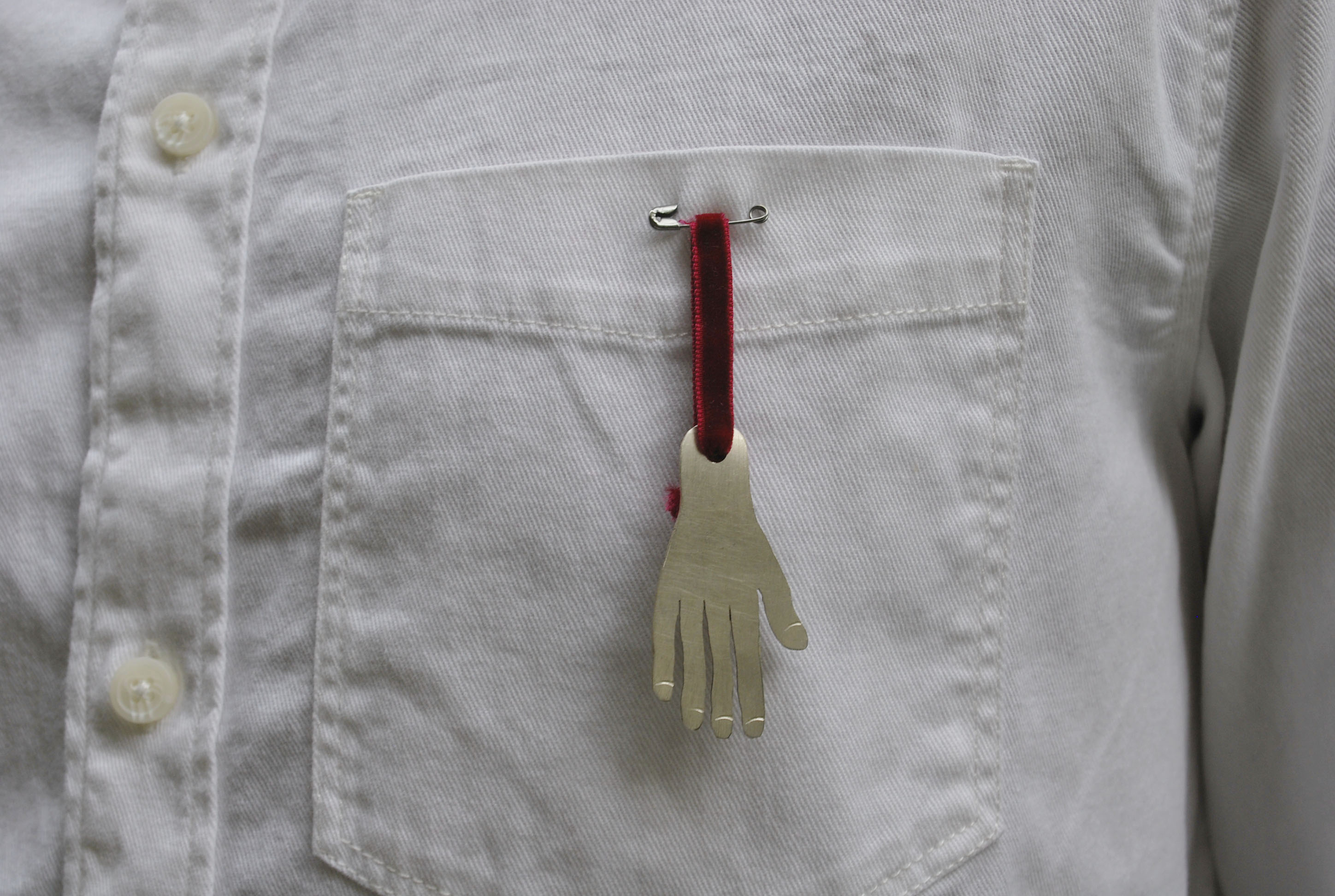
This project was conceived by friends and artists Iris Eichenberg and Jimena Ríos, who first collaborated on the exhibition Verdadero Es lo Hecho: Ex Votos and Contemporary Jewellery,[2] which opened last fall in Buenos Aires and was inspired by ex-votos—handheld objects of devotion that honor a gratitude or a wish. Neither artist could have imagined that their next project would come so quickly, or put the spirit embodied by the ex-voto into active service.
Although the scope of the Hand Medal Project is vast, its aim is straightforward: for artists, jewelers, students, and professionals to craft medals that will honor the service and sacrifice of health workers. Infused with the gratitude of the ex-voto and the tribute of a medal, these hands will be made and collected over the next three months, then bestowed upon medical workers the second Sunday in November.
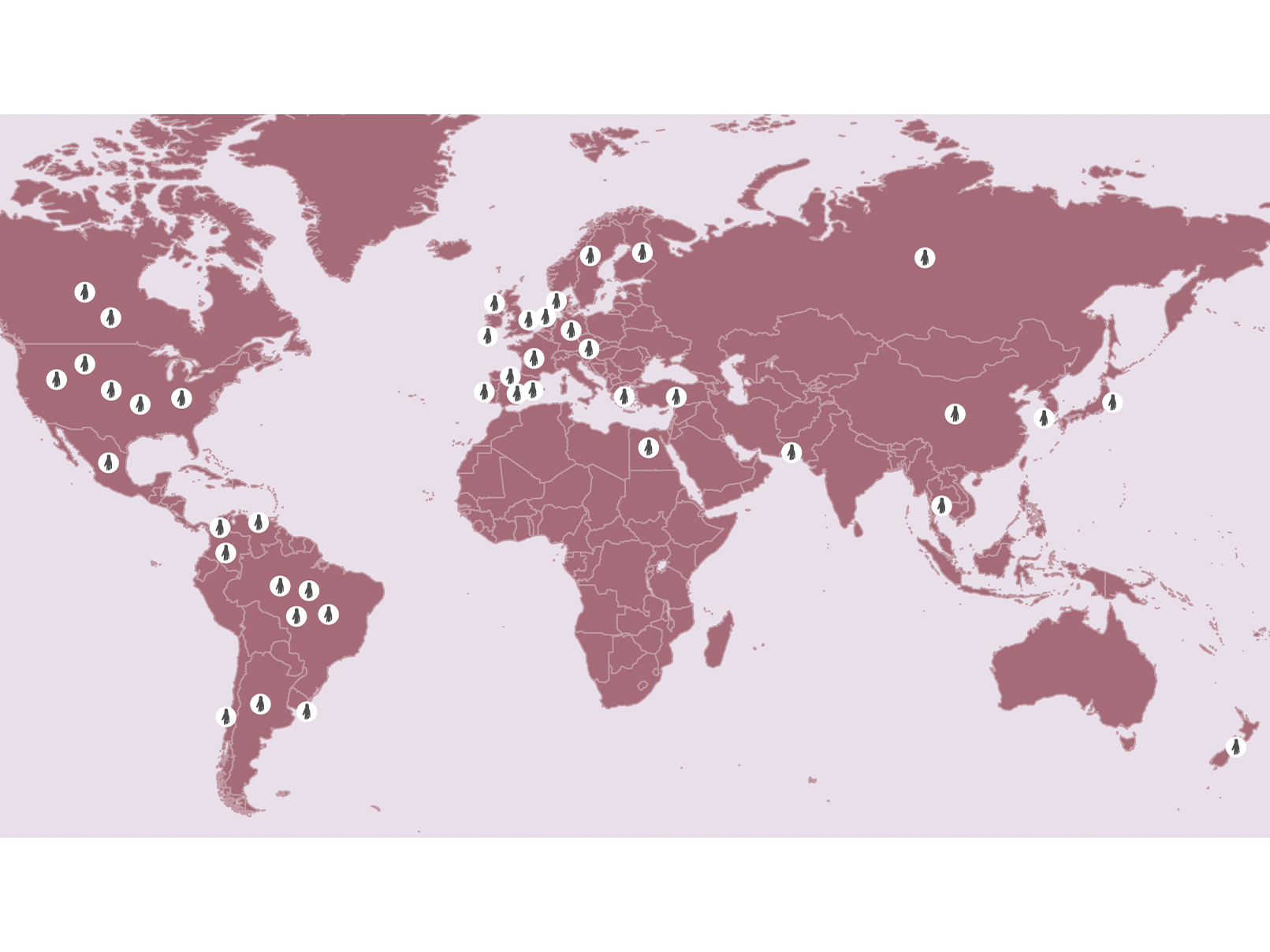
To implement the project, Eichenberg and Ríos have organized a network of what they call “Hand Keepers,” people who will collect the medals from individuals across 28 participating countries, with the list continually growing. The medals will then be passed on to “Hand Givers,” who will present them to their local medical communities. Each medal will be registered with a number stamped on the back, allowing recipients to look up the maker of their medal on the project’s website.

However, authorship is secondary in the Hand Medal Project. The medals are not about the maker, but about the receiver, the organizers explain. To underscore the unity of this collaborative effort, participants copy a template of the hand, meant to be simple enough for all skill levels, and easily replicated into whatever metal is available. “You make do with what you have to say thank you,” Eichenberg says. Fittingly, the many identical hand designs will create a collective voice, reinforcing the shared gratitude that is the project’s mission.
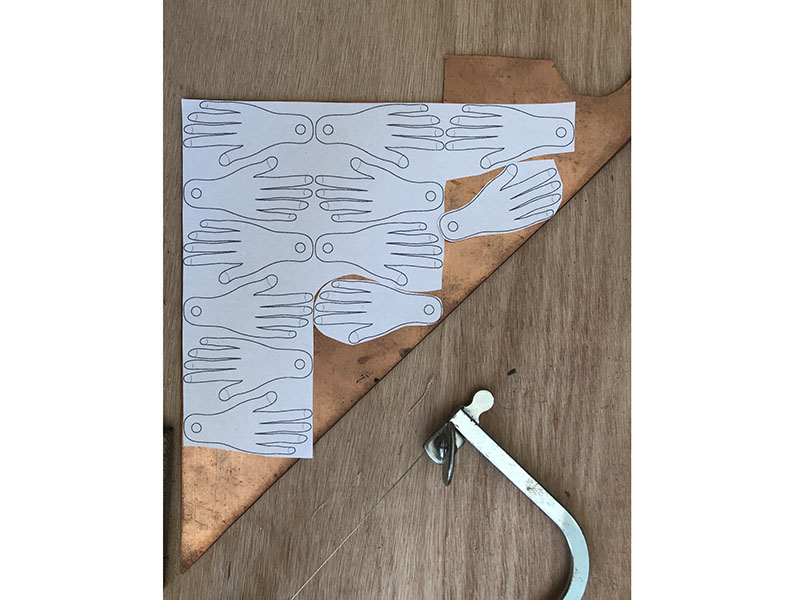
The design is drawn from a historical Argentinian ex-voto from Ríos’s collection, its meaning forged in service. The organizers have looked to metalwork’s historical roots, with Eichenberg noting that as contemporary jewelers, “we sometimes forget that we make objects that often come to life the moment someone else uses [them].”
As a material, metal can speak many languages, but it has often been used as a symbol of strength; its innate physicality is a key condition. Unlike a war, our current battle with coronavirus is fought with an enemy invisible to the naked eye, its specter made all the more ominous by its intangibility—a danger you cannot see. By contrast, metal, especially jewelry, is known by its weight and shape against the body. When formed into a medal, it provides a physical testimony for both the unseen virus and invisible bravery of those who have fought it.
Hands themselves have been powerfully present in this battle. They are symbols not only of how our bodies have become weapons to be washed, sanitized, and gloved, but also of their innate power to heal and to connect. For the jeweler, of course, they are the language of skill and expression embodied. The organizers imagined this symbol as a way to acknowledge the multiplicity of meanings in bringing together “hands making hands.” In fact, while the project doesn’t focus on the makers, Eichenberg and Ríos hope to document it via photos showing the makers’ hands in the act of producing the hands.

We’ve come to know this virus through data, refreshing our screens to watch ever-shifting graphs chart its velocity. The Hand Medal Project purposefully speaks the same graphic language—data, maps, charts—in order to offer a counter-narrative. Instead of infection, the Hand Medal Project maps global connections across countries, artists, and—when the medals are distributed later this year—a wealth of health workers tracking the spread of gratitude.
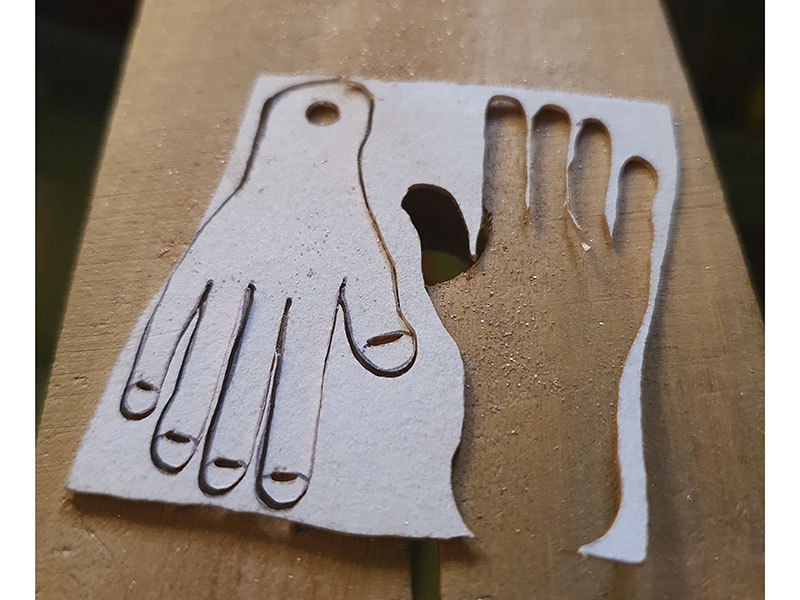
There is no doubt of the incalculable loss and collective fear COVID-19 has caused. But remarkable acts of care have been on the front lines as well, a reminder of the selfless spirit that can only be described as faith. Those who make medals to honor this heroism will identify themselves in many ways—as jewelers, artists, makers, doers—but they’ll all fall under the umbrella of humanity first. This project, in this moment, centers not on what can be created, but on what can be done with the act of creation in service to others. It’s within the acts of the hand—the offer and the receipt—that the Hand Medal Project takes place.
Want to join the Hand Medal Project? Register here. Hand medals can be made in any metal you have. Make as many as you can. Or volunteer to be a Hand Keeper or a Hand Giver. Every hand counts.
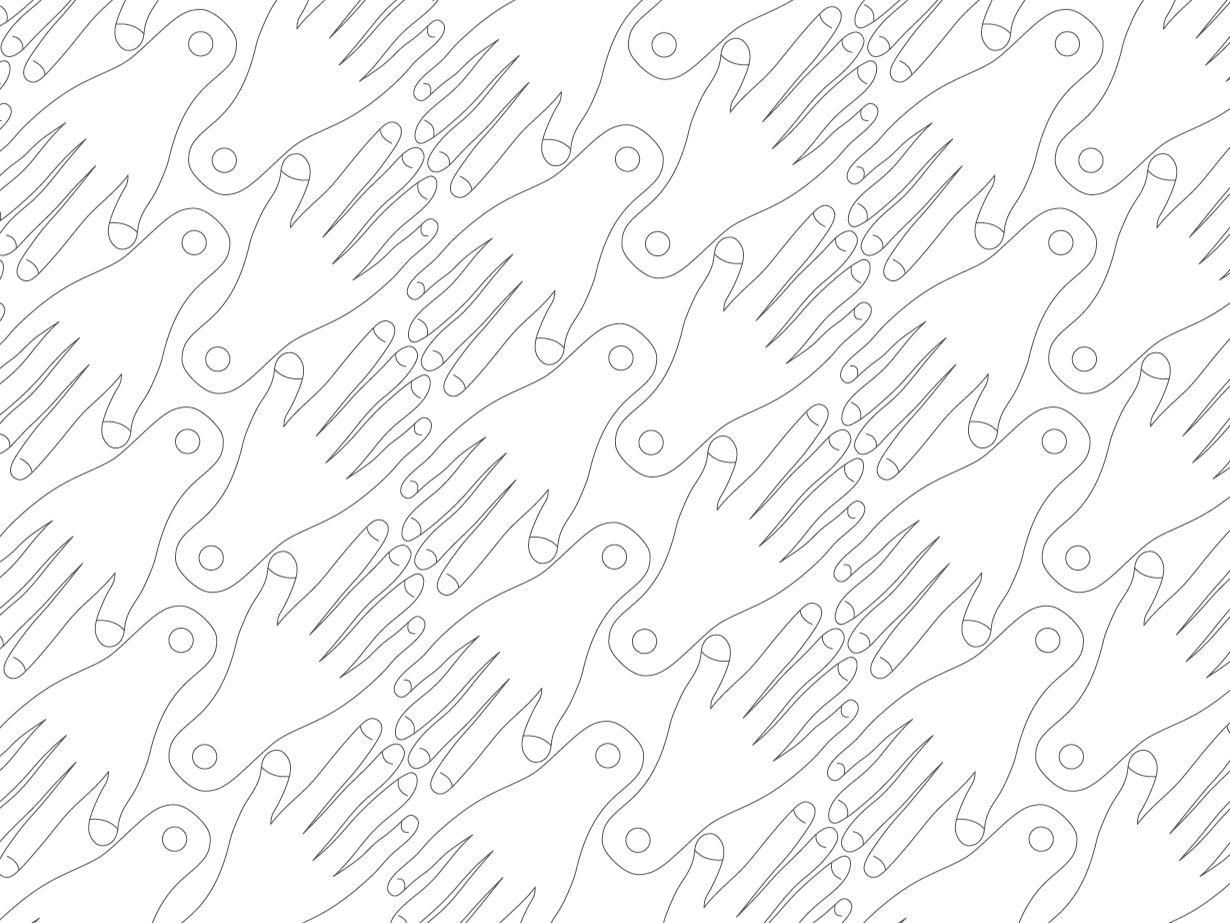
En Tus Manos
Súmate al Proyecto “Hand Medal”
En la Escuela de Arte de Sevilla, España, los alumnos de joyería normalmente hacen sus prácticas en talleres locales en los que preparan piezas de arte sacro para la celebración de la Semana Santa. Este año fue diferente, al igual que para muchos alrededor del mundo. Por causa del COVID 19 no hubo fiestas populares que preparar, y con tantos profesionales luchando contra el virus en la primera línea, los alumnos de Sevilla, en cambio, se dispusieron a calar siluetas de manos en metal. Estas manos van a sumarse a otros cientos de medallas hechas en escuelas y talleres a lo largo del mapa para honrar a los trabajadores de la salud como parte del proyecto “Hand Medal.”

El proyecto fue concebido por las amigas y artistas Iris Eichenberg y Jimena Ríos, que ya habían colaborado en la exposición “Verdadero es lo Hecho: Exvotos y Joyería Contemporánea” (https://artjewelryforum.org/library/verdadero-es-lo-hecho-ex-votos-and-contemporary-jewellery) que se inauguró el pasado otoño en Buenos Aires y estaba inspirada en los exvotos (objetos devocionales que materializan un agradecimiento o un deseo). Ninguna de las dos hubiera imaginado que un nuevo proyecto llegaría tan rápido o que el espíritu de los exvotos sería puesto en servicio activo.
A pesar de que se trata de un proyecto amplio, el objetivo de “Hand Medal” es directo: apunta a que joyeros, artistas, estudiantes y profesionales hagan medallas que honren el servicio y sacrificio de los trabajadores de la salud. Impregnadas por la gratitud de los exvotos y el tributo de las medallas, estas manos van a ser hechas durante los próximos tres meses y se entregarán a los trabajadores de la salud el primer domingo de noviembre.

Para implementar el proyecto, Eichenberg y Ríos organizaron una red que llamaron “Hand Keepers”, personas que recolectarán las medallas de particulares en más de veintinueve países, una lista que está en constante crecimiento. Las medallas van a pasarse a los “Hand Givers”, quienes las entregarán a sus colegas de la comunidad médica. Cada medalla será registrada mediante un número estampado en el reverso, de manera que quienes la reciban podrán conocer a su autor en la página del proyecto.

De todas maneras, en el proyecto “Hand Medal” la autoría es secundaría. “No se trata de quién las hace sino de quién las recibe”, explican las organizadoras. Para enfatizar la unidad de este esfuerzo colaborativo, los participantes van a copiar una plantilla de la mano técnicamente accesible para todos los niveles y fácil de reproducir en el metal que se tenga disponible. “Usas lo que tengas para decir gracias”, dice Eichenberg. Este diseño, esta mano individual, generará una voz colectiva, refuerza la gratitud compartida, que es el objetivo del proyecto.

El diseño parte de un exvoto tradicional argentino de la colección de Ríos. Las organizadoras pensaron en el origen histórico del oficio de joyero: Eichenberg sostiene que los joyeros contemporáneos “a veces nos olvidamos que hacemos objetos que cobran vida cuando alguien los usa”.
Como material, el metal puede hablar muchos idiomas, pero ha sido usado con frecuencia como símbolo de fuerza; su corporalidad innata es un requisito esencial. A diferencia de la guerra, nuestra actual batalla contra el coronavirus es contra un enemigo invisible y la intangibilidad hace que el espectro sea más ominoso, un peligro que no podemos ver. Contrariamente, el metal, especialmente en joyería, es reconocido por su peso y su forma contra el cuerpo. Cuando se transforma el metal, queda un testimonio físico no solo del virus que no se ve sino también de la valentía invisible de aquellos que le dieron pelea.
Las manos tuvieron una presencia poderosa en la batalla. Son símbolos, armas para nuestro cuerpo, armas para ser lavadas, esterilizadas y enguantadas, pero también portadoras del poder innato de sanar y conectar. Para los joyeros, por supuesto, son el lenguaje de la destreza y la expresión. Las organizadoras eligieron este símbolo como una manera de reconocer los múltiples significados de poner juntos “manos haciendo manos”. Como el proyecto no pone el foco en quiénes hacen, Eichenberg y Ríos quieren documentarlo a través de fotos de manos haciendo manos.

Hemos estado recibiendo información sobre este virus a través de datos, actualizando nuestra pantalla para ver los gráficos de su avance; el proyecto “Hand Medal” habla en ese mismo idioma de gráficos, datos, mapas, listas, para ofrecer un contrarrelato. En vez de una infección, nos muestra conexiones globales entre artistas y, cuando las medallas hayan sido distribuidas a final de este año, un caudal de trabajadores de la salud rastreado la expansión de la gratitud.

No hay duda de las incalculables pérdidas y el miedo colectivo que ha causado el COVID 19, pero hay también en la primera línea notables gestos de cuidado, un recordatorio del espíritu generoso que solo puede ser descrito como fe. Los que hacen medallas para honrar el heroísmo van a ser identificados de distintas maneras: como joyeros, artistas, artesanos, hacedores, pero ante todo van a estar bajo el paraguas de la humanidad. El proyecto no se centra en lo que puede crearse, sino en el acto de creación al servicio de otros. Es en la acción de la mano, dar y recibir, donde el proyecto “Hand Medal” tiene lugar.
¿Quieren sumarse al proyecto? Regístrense aquí. Las medallas pueden hacerse en el metal que tengas. Haz la mayor cantidad posible. O postúlate pare ser Hand Keeper o Hand Giver. Cada mano suma.

Elizabeth Essner es una curadora independiente, escritora e investigadora, vive en Brooklyn, NY, Estados Unidos. Fue curadora de exposiciones para distintas instituciones que inclyen al Museo de arte contemporáneo Aldrich, Connecticut; Museo de arte de la Universidad estatal de Arizona; R & Company, en Nueva York. A colaborado en revistas como Metalsmith and Modern, actualmente esta trabajando en la curaduría de From the Ground Up: Peters Valley School of Craft, que inaugurará en el Museo de arte de Hunterdon en otoño, 2020. Essner también se ocupa de la investigación para el catálogo sobre cerámica moderna y contemporánea del la colección Robert A. Ellison, Jr., en simultáneo con una la apertura de esta colección en el Museo Metropolitan en 2021. Tiene una Maestría otorgada por el Bard Graduate Center de New York.





